Lincoln Center and San Juan Hill
In the 1960s and 1970s, cities came to be viewed (with some justification) as dirty and dangerous places (in contrast to the fresh green suburbs that had sprung up around the country). Urban architecture of the period often reflected this view, with street level walls that were meant to separate from the city rather than embrace it. The design of Lincoln Center reflects this ethos, with an inward-facing interior plaza protected by harsh walls facing the surrounding city. This also certainly gave the African American residents of Amsterdam Houses and Phipps Houses the sense that they were not welcome in the city's temple to imported European arts.
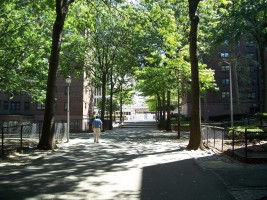
Walkway leading uphill to Lincoln Center
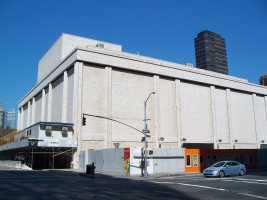
Barren walls of the State Theatre facing B'way and 62nd Street
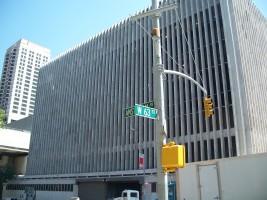
Back of the Metropolitan Opera House facing Amsterdam Avenue
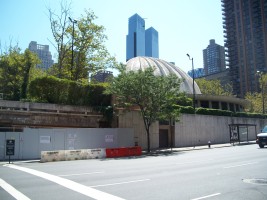
Back wall of Damarosch Plaza facing Amsterdam Avenue
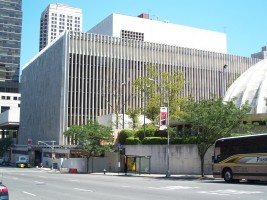
Rear of the Metropolitan Opera House
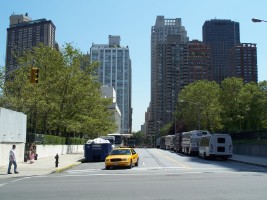
West 62nd Street between Amsterdam and Broadway
Next: 80-94 West End Avenue / 249 - 257 West 63rd Street / 250-258 West 64th Street